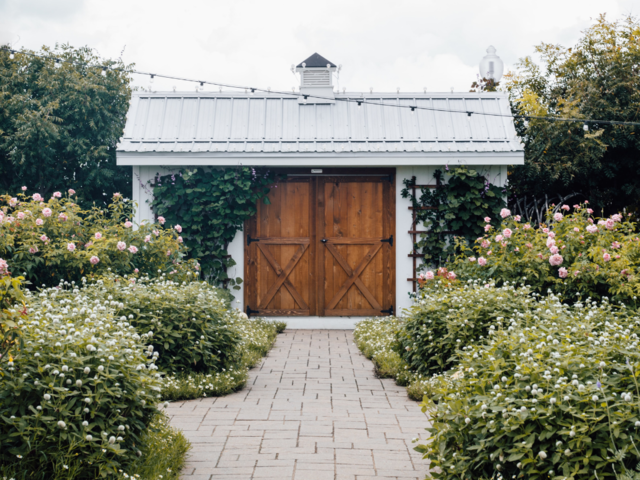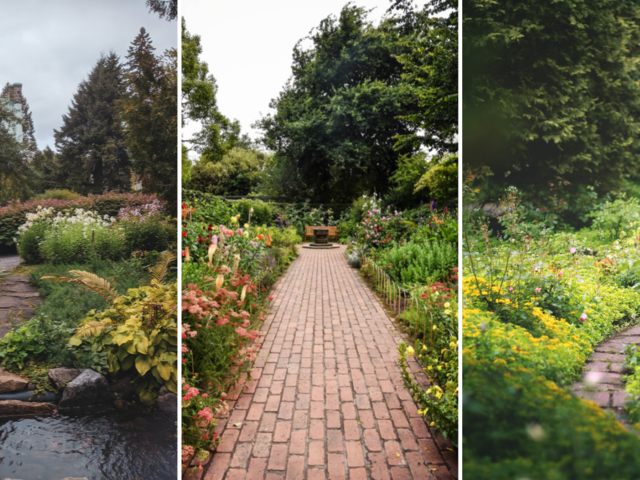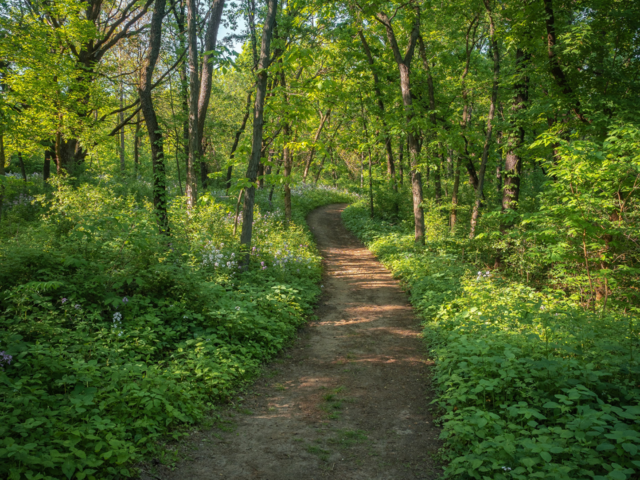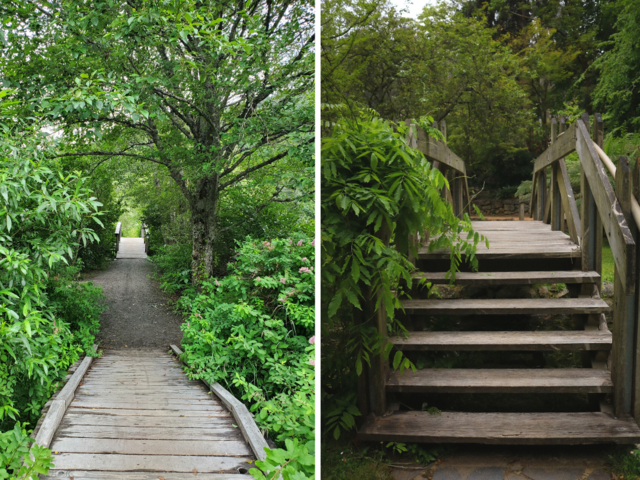For many people, gardens are a place to escape the hustle and bustle of everyday life. A well-designed garden can be an oasis, a place where cares and worries are forgotten. Walking through a garden is an exploration, with surprises around the bend and opportunities to view unique plants and the creatures and critters that follow. In Frances Hodgson Burnett’s famous book, The Secret Garden, the estate’s garden path led to an enchanting space full of hopes, dreams, and wonder.
When creating your own garden landscape, consider including a garden path in your design. A garden path can break up your yard and provide visual and textural contrast. A well-positioned path can lead visitors through your space and to your favorite spots or prized blooms. Garden paths are inviting and can add both structure and whimsy to your outdoor spaces. As you approach your own garden design, think about incorporating some of the following garden path ideas.

Image source: Unsplash.
Long and Winding Garden Path
When people think of the typical garden path, they often imagine a long, winding trail that snakes through their yard and is flanked by flowers and foliage. Long and winding garden paths are ideal for large, expansive gardens or acreages. This type of path is also great if your garden contains a number of features spread throughout your space. It can lead you from a small koi pond, through to a seating area or bench, and back over to another feature like a fountain, statue, or birdbath.
Common materials used in long and winding garden paths include large paving stones, individual stone or brick blocks, or simple steppingstones. Oftentimes, the paving stones are set with gravel, sand, or mulch.

Image source: Unsplash.
Linear and Structured Garden Path
Depending on the style of your home and your landscape and garden design, a more structured garden path may be your best option. Popular for homes with linear architectural details, these garden paths feature straight lines, formal structures and angles, and elements of symmetry. Linear and structured garden paths also make use of formed concrete blocks and slabs to ensure a consistent and uniform aesthetic. These types of paths are common for Asian-themed garden, for gardens that span a variety of elevations, or those gardens that contain other linear features like retaining walls or pergolas.

Image source: Pexels.
Natural Garden Paths
Natural garden paths are those that are cut by the natural movement of people through your garden space. Natural garden paths are often formed organically over time. They can be bolstered and made more permanent by adding natural materials like cedar wood chips, fine sand, or gravel. These paths are ideal for unstructured gardens, particularly those that feature a wide variety of wildflowers and shrubbery. Natural garden paths are quite low-maintenance and may be an ideal option for elderly gardeners or those with reduced mobility.

Image source: Unsplash.
Wooden Plank Paths
A popular garden path option is a wooden plank path or “boardwalk”. These paths are characterized by a series of wooden planks laid horizontally side-by-side. The boardwalk is often slightly elevated and is ideal for a variety of climates. Their elevation allows for excellent drainage in rainy areas, while the wood material is also well-suited for drier places. Wooden plank paths are also ideal if you want to add a splash of color to your outdoor space. Natural wood can be stained or painted to suit your individual tastes. Repairs on wooden plank paths are also easy because damaged boards can be pried up and replaced with new pieces. With the current interest in recycling and repurposing materials, this garden path idea is a great way to incorporate old barn boards or create budget paths from recycled pallet boards.

Image source: Unsplash.
Whichever of these garden path ideas you choose for your own home, remember that like any other part of your outdoor garden space, your path design will be individual to you.
Depending on your accessibility needs, the type of materials you want to incorporate and your budget, your garden path design will help tie together the overall concept of your garden.
If you want to find out more about how to become a garden designer, visit our courses page.
